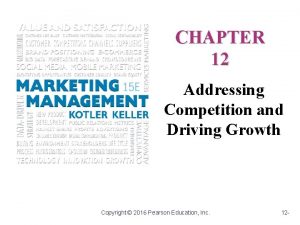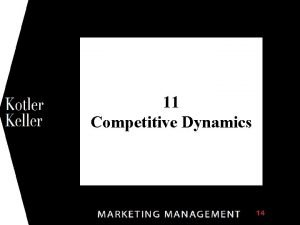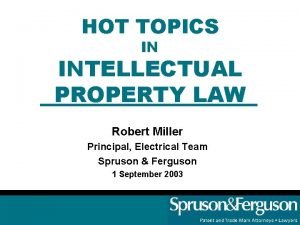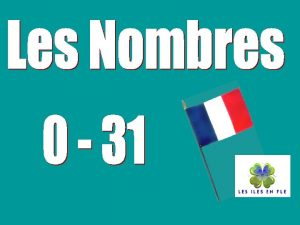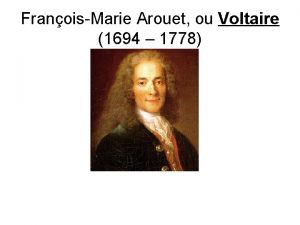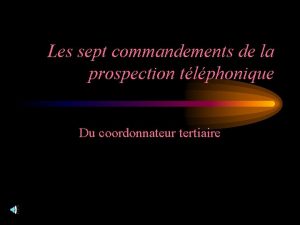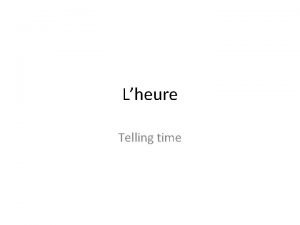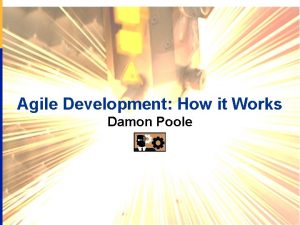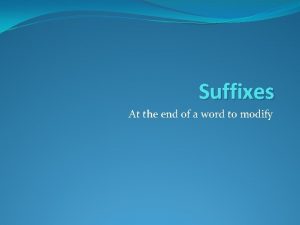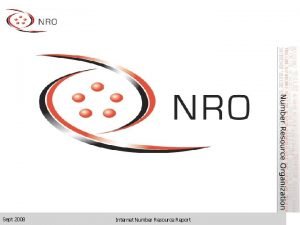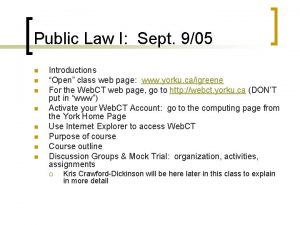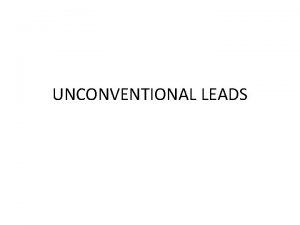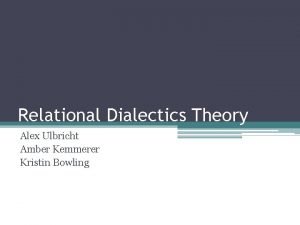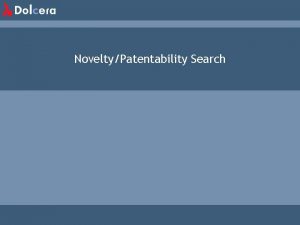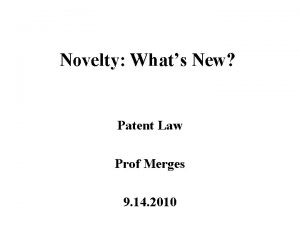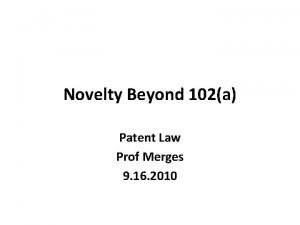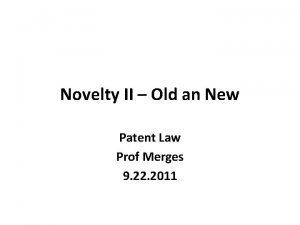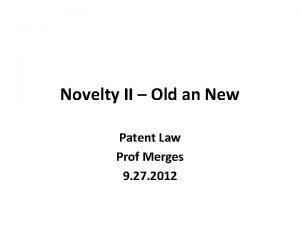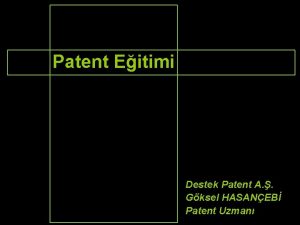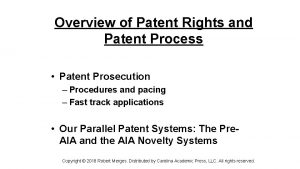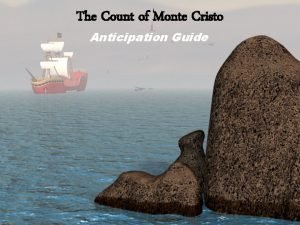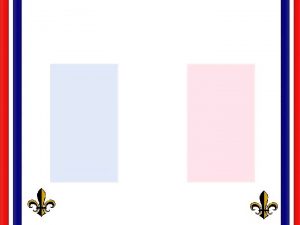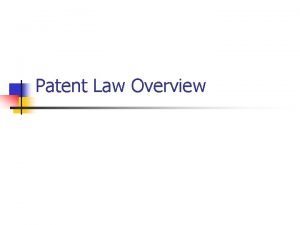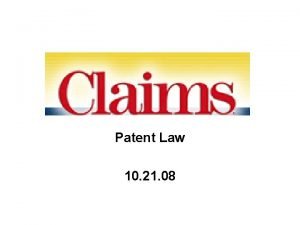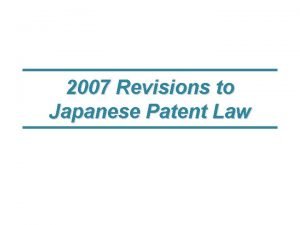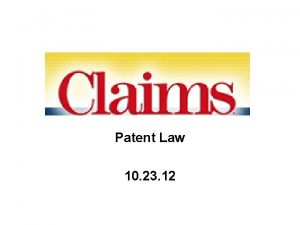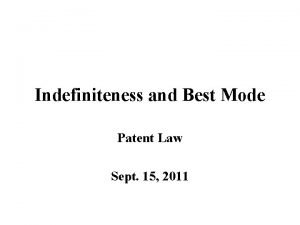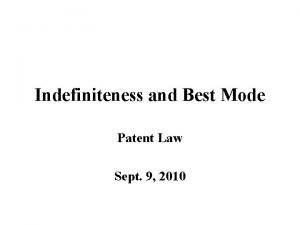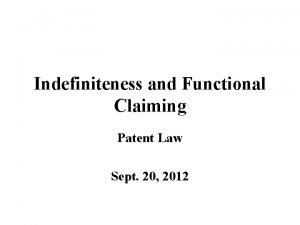Anticipation II Patent Law Sept 16 2004 Novelty























- Slides: 23

Anticipation II Patent Law Sept. 16, 2004

Novelty § 102 A person is not entitled to a patent if the invention was: • in the prior art (as defined by § 102 (a), (e), (g))

In re Hafner Klaus Hafner, Univ of Darmstadt, GDR

In re Hafner German Apps filed 1959 1 st US App filed Expanded US App filed Aug. 1960 July, 1964

35 USC Sec. 120 • US Implementation of international “Paris Convention” for patent priority (1890) (www. wipo. org) • Preserves US priority based on foreign priority filing • “National Treatment” principle

In re Hafner German Apps filed 1959 1 st US App filed Aug. 1960 Expanded US App filed July, 1964 Intervening Ref 2 vening Ref 1

Hafner, cont’d • What is Hafner’s argument? – What is “inconsistent and unfair”? • What is Judge Rich’s holding?

Hafner, cont’d • What is Hafner’s argument? – What is “inconsistent and unfair”? • What is Judge Rich’s holding? – TOO BAD!

Hafner: Structure vs. Use 1959/1960 Structure Disclosure

Use Disclosure US Pat Application 1964 C-I-P I have found this chemical useful for treating cancer. . .

In re Hafner German Apps filed 1959 1 st US App filed Aug. 1960 Expanded US App filed July, 1964 + US Pat Application 1964 C-I-P I have found this chemical useful for treating cancer. . .

What is Judge Rich’s Attitude About this result? • See p. 381 • Is he right? – Unfair? – Product (Structure) Claim. . .

Titanium Metals

Titanium Metals Claim 1: A titanium base alloy consisting essentially by weight of about 0. 6% to 0. 9% nickel, 0. 2% to 0. 4% molybdenum, up to 0. 2% maximum iron, balance titanium, said alloy being characterized by good corrosion resistance in hot brine environments.

Hot Brine Thickener

Hot Brine Clarifier

Titanium Metals • What prior art was cited? • Why did the examiner say it anticipated?

• Did the Russian article disclose all or many of the alloys claimed by Covington and Palmer? • How many alloys claimed, how many disclosed in Russian article? • Why should this anticipate?

Titanium Metals One Point on this graph destroys patentability!

Genus claimed by Titanium Metals X Embodiments enabled and described in Russian publication 1 point on 1 graph in article; meets range limitations of claim

Corrosion Resistance Property • What is Titanium Metals’ argument? • What does Judge Rich say?

Corrosion Resistance Property • What is Titanium Metals’ argument? • What does Judge Rich say? WHAT DO THE CLAIMS COVER?

Claim 1: A titanium base alloy consisting essentially by weight of about 0. 6% to 0. 9% nickel, 0. 2% to 0. 4% molybdenum, up to 0. 2% maximum iron, balance titanium, said alloy being characterized by good corrosion resistance in hot brine environments. Irrelevant?
 Addressing competition and driving growth ppt
Addressing competition and driving growth ppt Responsive anticipation and creative anticipation
Responsive anticipation and creative anticipation Hot topics in patent law
Hot topics in patent law Un deux trois quatre cinq six sept huit
Un deux trois quatre cinq six sept huit La guerre de sept ans
La guerre de sept ans Candide ou l optimisme
Candide ou l optimisme Hills in jerusalem
Hills in jerusalem Poésie le cowboy et les voleurs
Poésie le cowboy et les voleurs Ecrivez les sept jours de la semaine
Ecrivez les sept jours de la semaine Sept commandements
Sept commandements Cnn 10 4/5
Cnn 10 4/5 Sept heure moins le quart
Sept heure moins le quart Damon poole
Damon poole Sept prefix words
Sept prefix words Sept
Sept I sept
I sept Sept comme setteur questionnaire
Sept comme setteur questionnaire Staccato lead in journalism
Staccato lead in journalism Dogmatism in consumer behaviour
Dogmatism in consumer behaviour Novelty stage
Novelty stage Dialectical relational approach
Dialectical relational approach Novelty seeking betekenis
Novelty seeking betekenis Novelty search report
Novelty search report 8 news values and definitions
8 news values and definitions
